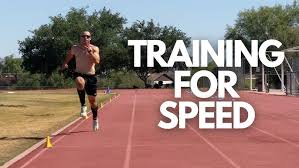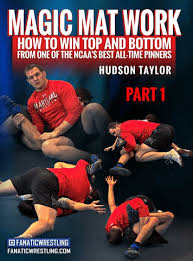Speed is a crucial factor for sprinters and runners looking to improve their performance. Whether you’re a competitive athlete or a casual runner aiming to get faster, incorporating the right training techniques can make a significant difference. From strength training to explosive drills, this guide covers the best speed training techniques to help you run faster and more efficiently.
Key Elements of Speed Training
Speed training isn’t just about running faster—it involves improving stride length, frequency, power, and overall running mechanics. The main areas to focus on include:
Results
#1. What is your highest completed level of education?
#2. What is your gender?
#3. What is your current employment status?
#4. What is your preferred work location?
#5. What type of work are you most interested in?
#6. Which continent are you currently living in?
- Strength and Power – Stronger muscles generate more force, leading to faster speeds.
- Acceleration and Technique – Proper form helps you move efficiently and prevents wasted energy.
- Explosive Drills – Plyometric exercises enhance fast-twitch muscle fibers for better speed.
- Endurance and Stamina – A strong cardiovascular system ensures you maintain speed over time.
Effective Speed Training Techniques
- Sprint Drills
- Hill Sprints – Running uphill builds strength and power while improving acceleration.
- Resisted Sprints – Use resistance bands, sleds, or parachutes to increase leg drive.
- Flying Sprints – Gradually build up speed before sprinting at maximum effort for short distances.
- Plyometric Exercises
- Box Jumps – Develop explosive leg power.
- Bounding – Long, exaggerated strides help improve stride length.
- Lateral Hops – Strengthen stabilizer muscles and improve agility.
- Strength Training
- Squats and Deadlifts – Build lower body power for explosive sprinting.
- Lunges – Enhance single-leg strength and balance.
- Calf Raises – Strengthen the lower legs for a powerful push-off.
- Technique and Form Drills
- A-Skips and B-Skips – Improve knee lift and coordination.
- High Knees – Reinforce quick leg turnover.
- Butt Kicks – Strengthen hamstrings and improve stride mechanics.
- Flexibility and Mobility Work
- Dynamic Stretching – Helps prevent injuries and increases range of motion.
- Foam Rolling – Reduces muscle tightness and aids recovery.
How to Structure a Speed Training Routine
- Warm-Up (10-15 minutes) – Dynamic stretches, mobility exercises, and light jogging.
- Sprint Drills (20 minutes) – Short sprints, resisted sprints, and technique drills.
- Strength Training (30 minutes) – Focus on lower-body power exercises.
- Cool-Down (10 minutes) – Static stretching and foam rolling to aid recovery.
Conclusion
Speed training requires a mix of strength, technique, and explosive drills to maximize performance. By incorporating sprint drills, plyometrics, and proper strength training, sprinters and runners can significantly improve their speed. Stay consistent, focus on form, and make recovery a priority to reach your full potential.









